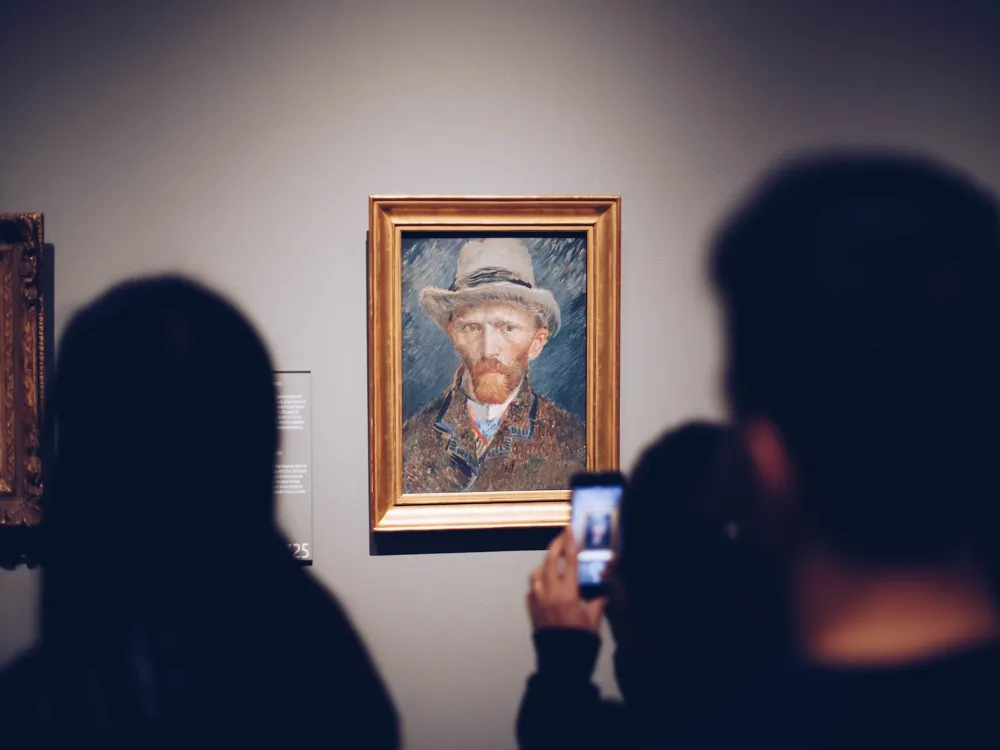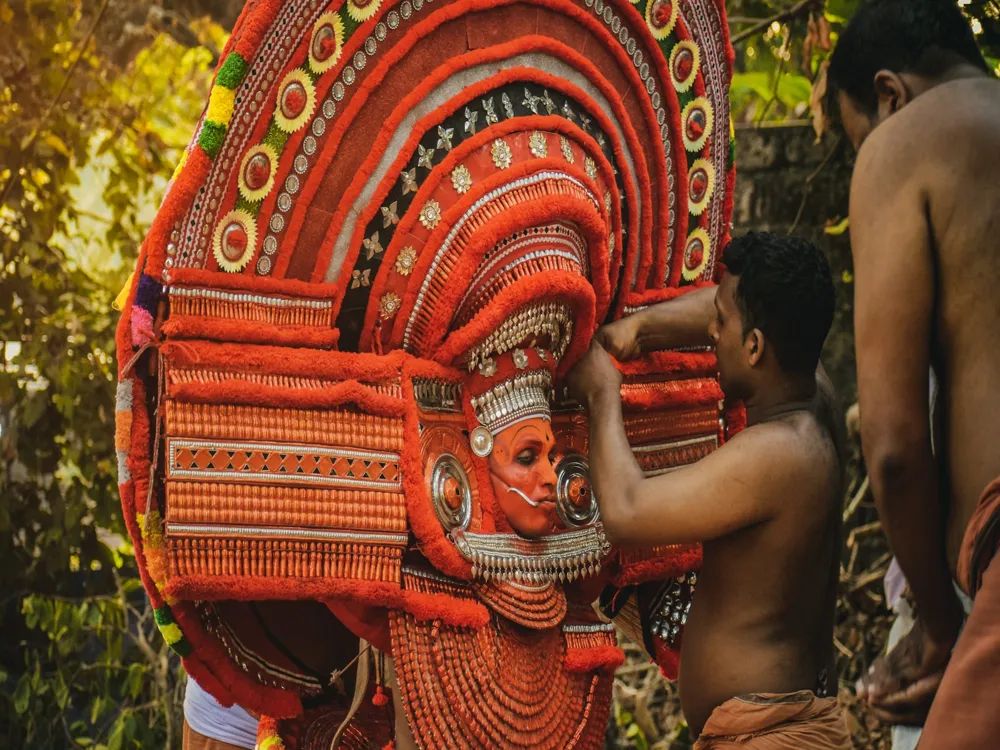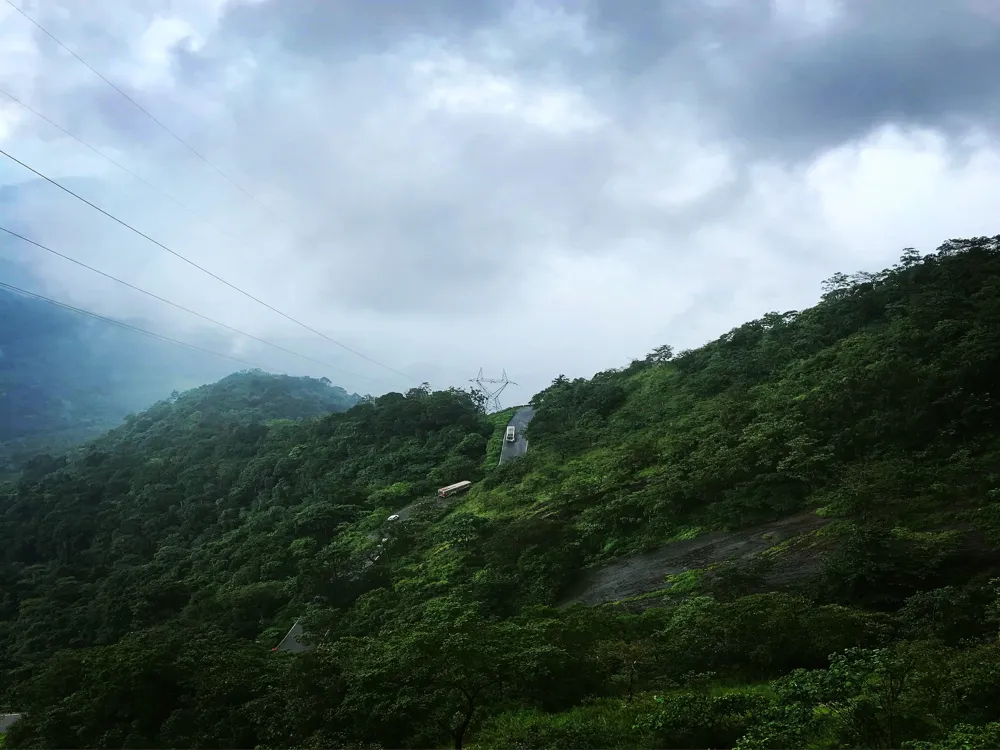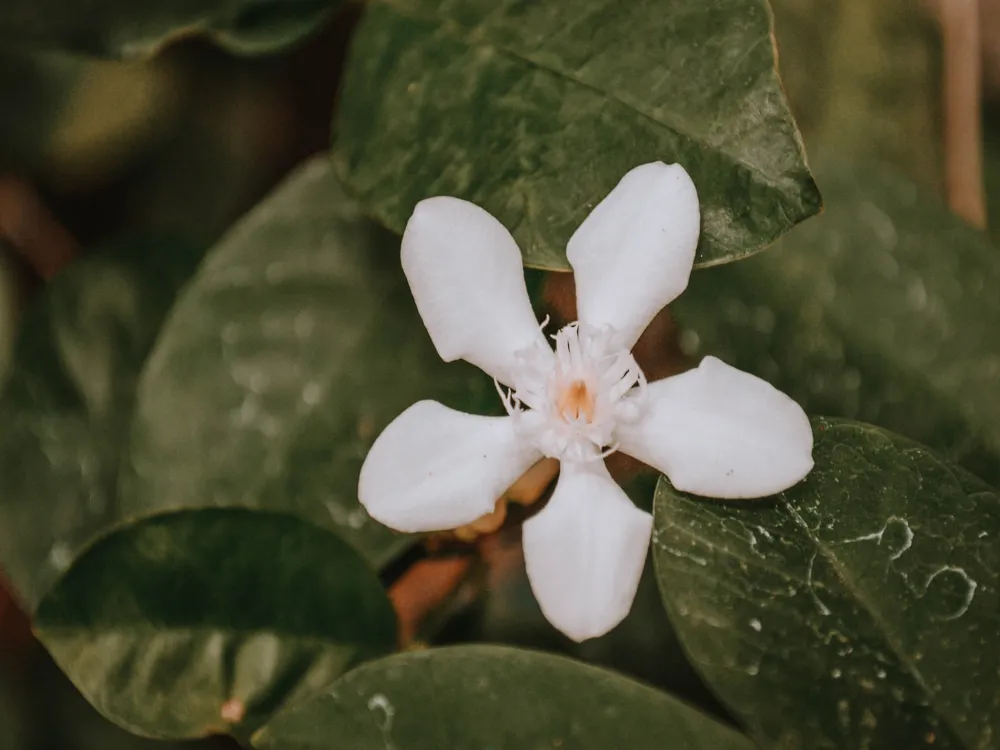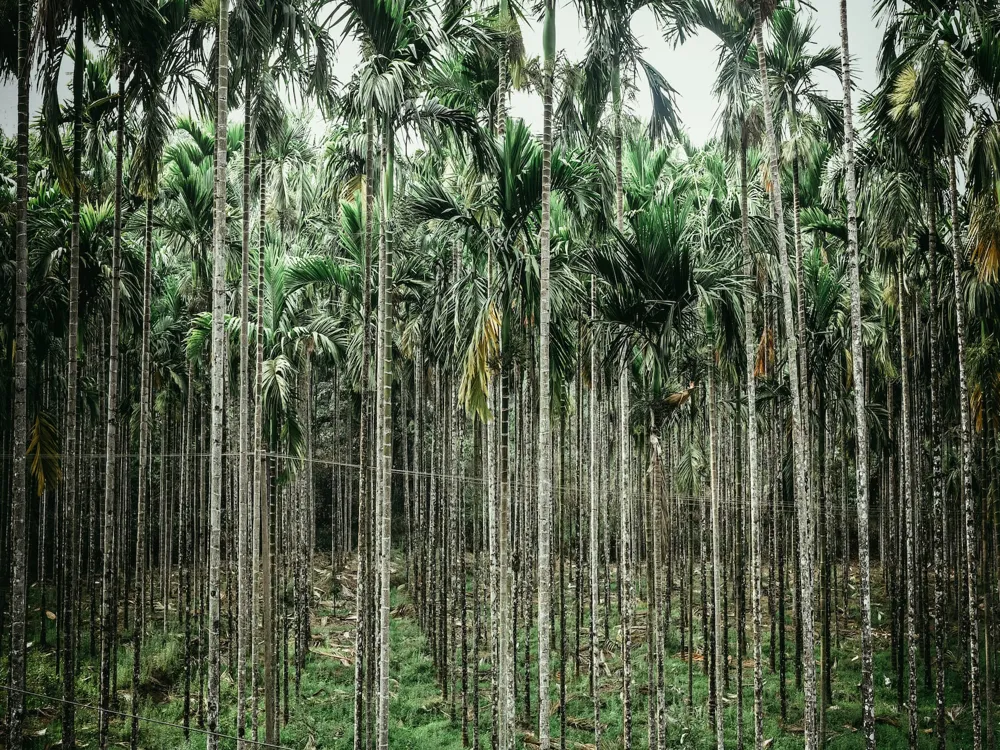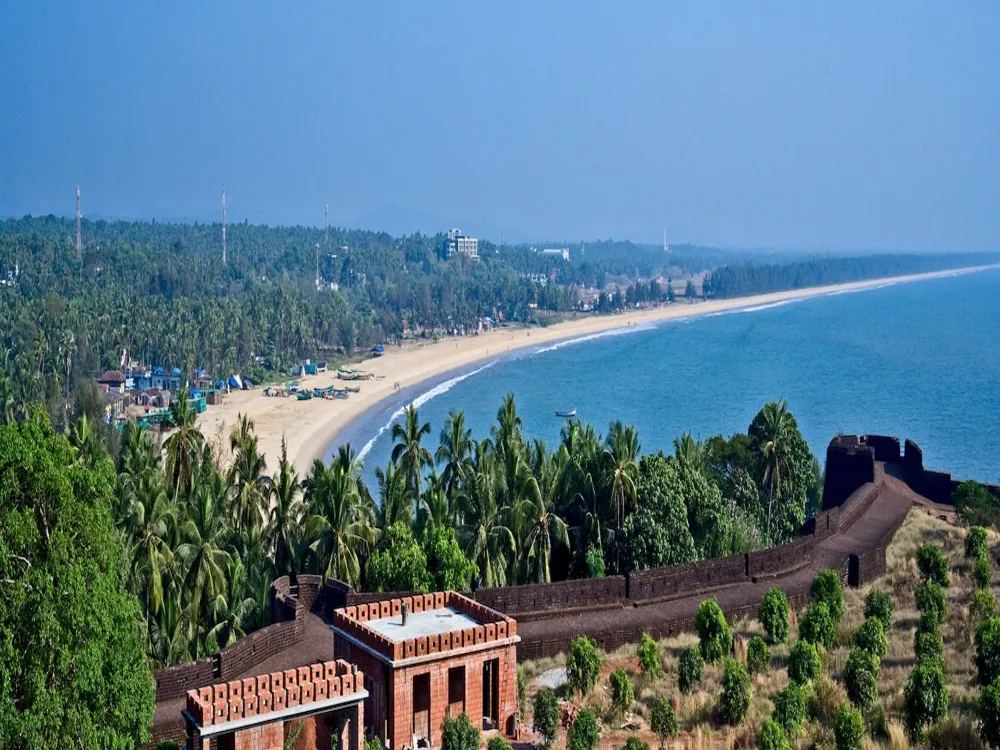Pallikunnu, a serene village nestled in the vibrant district of Kannur in Kerala, India, is a hidden gem waiting to be explored. Renowned for its lush green landscapes and rich cultural heritage, Pallikunnu offers a tranquil retreat from the hustle and bustle of city life. The village's name, meaning 'Hill of the Church,' points to its deep-rooted religious significance and the prominent role of the church in the community.
The history of Pallikunnu is intertwined with the tales of traders, colonial powers, and indigenous communities. Historically, it was a significant trading post, known for its spices and handloom products. The influence of various cultures is evident in the village's customs, cuisine, and architecture. Despite its small size, Pallikunnu plays a crucial role in Kannur's cultural and spiritual landscape, drawing visitors who seek peace and spiritual enlightenment.
The natural beauty of Pallikunnu is unparalleled. Surrounded by the Western Ghats, it boasts a variety of flora and fauna, making it a haven for nature lovers and wildlife enthusiasts. The monsoon season transforms the village into a lush, green paradise, with numerous streams and waterfalls dotting the landscape. The village's proximity to the Arabian Sea adds to its allure, offering breathtaking sunsets and serene beach experiences.
The architecture of Pallikunnu is a testament to its rich cultural and historical legacy. The village is home to several ancient temples and churches, each with unique architectural styles that reflect the diverse influences that have shaped the region. The most prominent of these is the Pallikunnu Church, a splendid example of colonial architecture combined with traditional Kerala style. This church, built during the British era, features intricate wood carvings, ornate altars, and stained glass windows, creating a captivating fusion of East and West.
Another significant architectural landmark in Pallikunnu is the Muthappan Temple. Unlike conventional Kerala temples, it exhibits a distinctive style with rustic, simple structures that blend seamlessly with the natural surroundings. The temple's open-air sanctum, where rituals and Theyyam performances take place, is a highlight, offering a unique spiritual experience.
The village houses also showcase traditional Kerala architecture, with slanting roofs, wooden pillars, and spacious courtyards. These houses are designed to suit the tropical climate, ensuring ventilation and protection from the heavy monsoon rains. Many homes also feature intricate woodwork and mural paintings, reflecting the artistic heritage of the region.
The ideal time to visit Pallikunnu is between October and March, when the weather is pleasant and conducive for exploring. The monsoon season, from June to September, is also beautiful but might be challenging for outdoor activities. Visitors should dress modestly, especially when visiting religious sites. It's also important to seek permission before photographing locals or private properties. Don't miss trying the local cuisine, which includes a variety of seafood dishes, traditional Kerala meals served on banana leaves, and the famous Kerala snacks like banana chips and jackfruit chips. While Pallikunnu is relatively well-connected, some areas might have limited mobile network coverage. It's advisable to inform your contacts about your travel plans.
Reaching Pallikunnu is relatively straightforward. The nearest airport is Kannur International Airport, about 25 km away. From there, taxis and buses are readily available to reach Pallikunnu. For those preferring rail, Kannur Railway Station is the nearest major railhead, well-connected to major cities in India. Local buses and auto-rickshaws offer convenient options for traveling within the region. Additionally, the well-maintained roads make it a pleasant experience for those who prefer to drive.
Overview of Pallikunnu, Kannur, Kerala
Architecture of Pallikunnu
Tips When Visiting Pallikunnu
Best Time to Visit
Respecting Local Culture
Local Cuisine
Staying Connected
How To Reach Pallikunnu
Pallikunnu
Kannur
Kerala
NaN onwards
View kannur Packages
Kannur Travel Packages
View All Packages For Kannur
Top Hotel Collections for Kannur

Private Pool

Luxury Hotels

5-Star Hotels

Pet Friendly
Top Hotels Near Kannur
Other Top Ranking Places In Kannur
View All Places To Visit In kannur
View kannur Packages
Kannur Travel Packages
View All Packages For Kannur
Top Hotel Collections for Kannur

Private Pool

Luxury Hotels

5-Star Hotels

Pet Friendly







